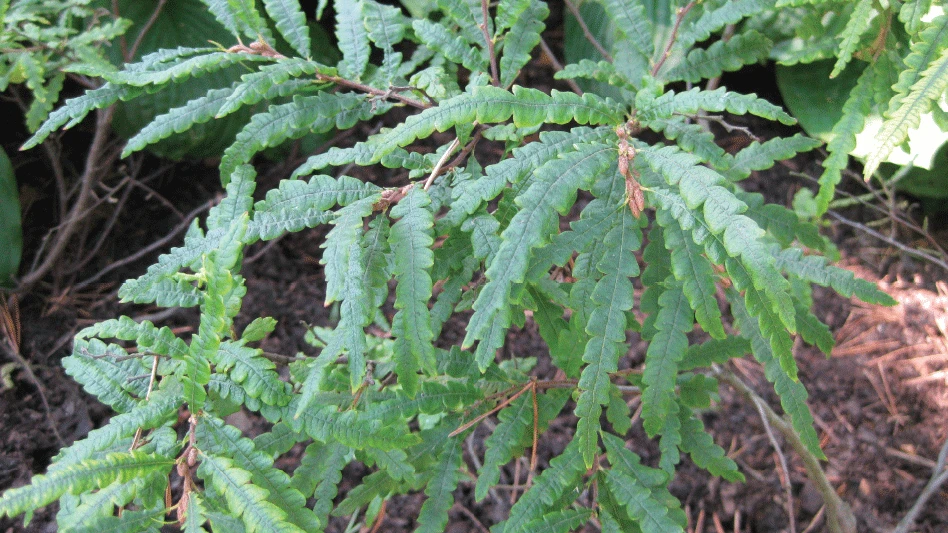
Neonicotinoid pesticides have become a
Over the past two years, more than 110 garden retailers, nurseries and landscaping companies, including the two largest home improvement retailers in the world, Home Depot and Lowe’s, have taken steps to eliminate neonicotinoids from the plants they grow and sell.
AmericanHort and the Horticultural Research Institute, in partnership with the Society of American
Still, retailers are concerned. And the pressure they’ve received from concerned consumers has been redirected to growers, who have been forced to find other options.
“They’re good molecules; they’re systemic,” says Doug VanGundy, vice president of research and development for Central Life Sciences. “But the furor of bee safety has caused a lot of consumer pressure. So they have had to switch to other alternatives.”
For nursery operators seeking effective control of harmful insects without posing a risk to bees, Mavrik Aquaflow Insecticide/Miticide provides control of a broad spectrum of insects and mites, without the concern of dried residue harming honeybees. This is supported by a Washington State University study that concluded that honeybees exposed to the residue of tau-fluvalinate had a survival rate of 97 percent after three hours, 96 percent after eight hours and 96 percent after 24 hours.
Nurseries should be aware that wet residues can still be harmful. For that reason, it’s important to carefully consider the timing of your spray.
“Applications should be made in times when the bee is not foraging,” VanGundy says. “In the late afternoon to early evening and early morning hours are the best times to apply if you’re concerned with bee safety. But after the residue dries, there is no issue. You can control your pests without harming the bees.”
As a pyrethroid class of insecticide, Mavrik Aquaflow Insecticide/Miticide has a very broad label that includes aphids, whiteflies, thrips, mites, fungus gnats and even some perimeter pests like cockroaches.
“It covers the whole gamut of any problem a grower would have in a greenhouse,” VanGundy says.
Growers coming to Mavrik Aquaflow Insecticide/Miticide from
Most
“If you have a corner of a greenhouse or a tray that is just starting to feel pressure, you can treat that without having to treat the whole greenhouse,” VanGundy says.
Also, as a water-based formula with low
“Sometimes you don’t need that; other times you do,” VanGundy says. “It just depends on the pest pressure that you get.”
For more: www.centralgrower.com

Explore the August 2018 Issue
Check out more from this issue and find your next story to read.
Latest from Nursery Management
- How impending tariffs and USDA layoffs impact the horticulture industry
- Shifting the urban environment
- These companies are utilizing plastic alternatives to reduce horticultural waste
- How to create a sustainable plant nursery
- Lamiastrum galeobdolon ‘Herman’s Pride’
- One of rarest plants on earth: Tahina spectabilis
- Leading Women of Horticulture: Angela Labrum, Bailey Nurseries
- Get to know Pat Reilly with NewGen Boxwood and the American Boxwood Society






